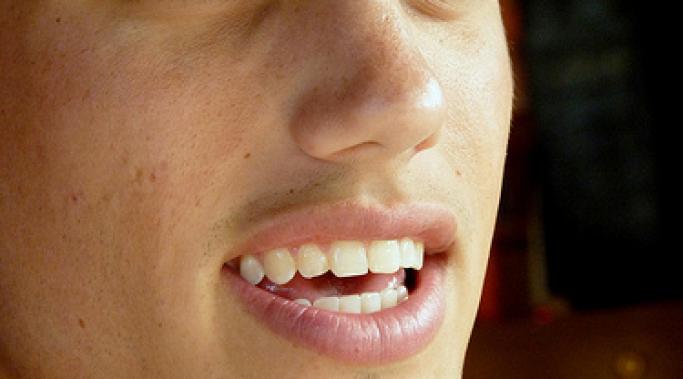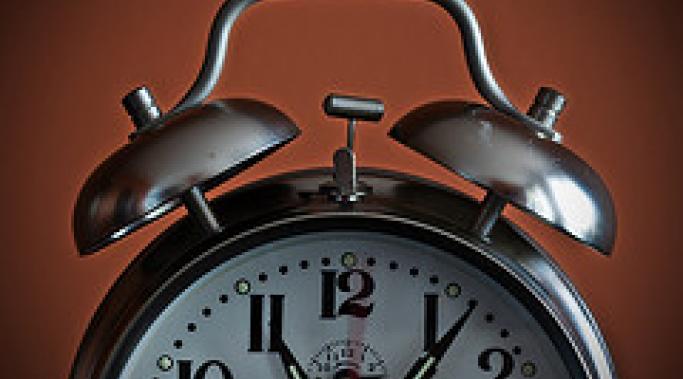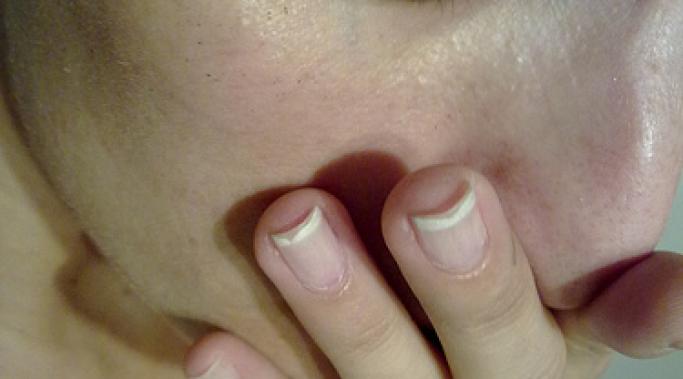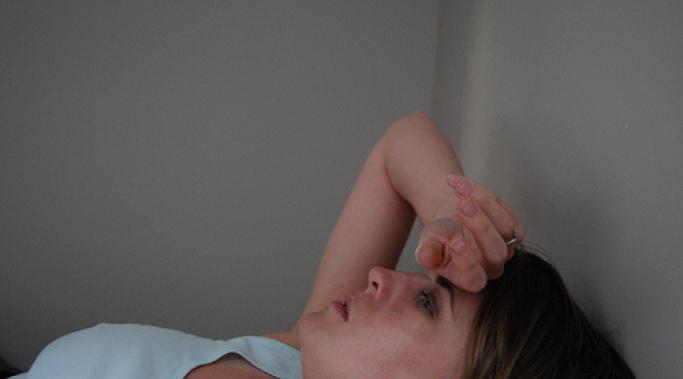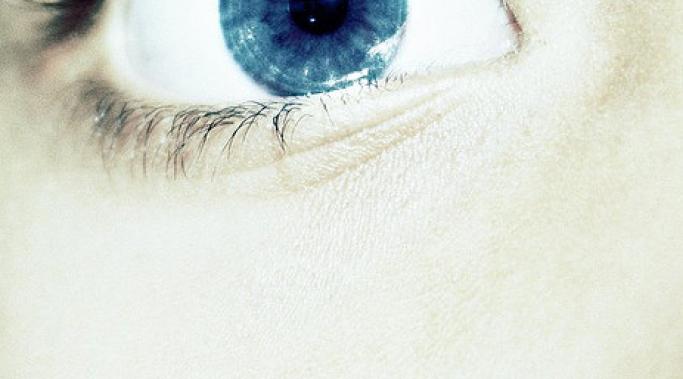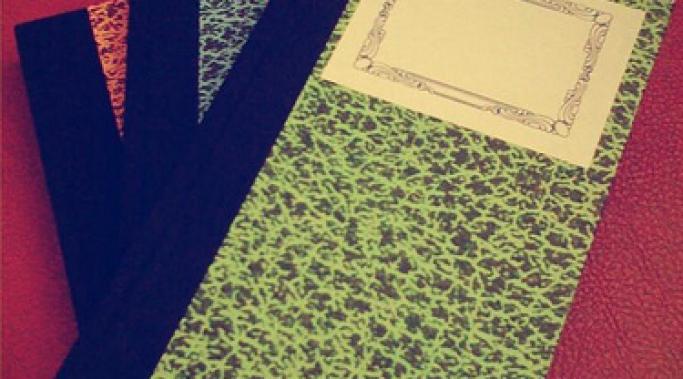Understanding Dissociative Identity Disorder depends somewhat on your grasp of the terminology, at least initially. Certainly discussing DID is easier if we're all using the same glossary of terms. Following is a list of words and phrases I tend to use when writing about Dissociative Identity Disorder, along with my definitions for each. If you have anything to add, or if my definitions don't quite match up with yours, I hope you'll share in the comments section.
Dissociative Living
Recently a reader asked how to get over the feeling that her sister is faking dissociative identity disorder. If you doubt your friend or family member's diagnosis, I think it's important to identify why you're skeptical. What in particular has you questioning it? Write it down, and be specific. Now find out everything you can about each of those nagging suspicions. I'm willing to bet a healthy majority of them are based on common misconceptions about dissociative identity disorder. Of course, that doesn't necessarily mean you're wrong. Sometimes people who say they have DID don't have it at all. That could be because they're pretending for some perceived gain, e.g. sympathy. But I believe the discrepancy is more likely due to misdiagnosis and genuine confusion.
One of the problems I have with the mythology surrounding dissociative identity disorder is that it makes finding support and treatment difficult. DID is hard enough to contend with on its own without having to fight your way through fallacies and stereotypes just to get help. Some common misconceptions about dissociative identity disorder come from entertainment media. But DID itself, in the hands of those who don't understand it, is also a source of prevailing myths about the disorder.
Near the bottom of the HealthyPlace homepage there's an audio widget, bordered in orange with the header Share Your Mental Health Experience. If you have a spare three minutes, please play the clip titled "I Hear A Voice in My Head" and listen to one woman poignantly illustrate why I write about Dissociative Identity Disorder. This woman, like so many others, is struggling in isolation with something she doesn't understand. "People act like it's nothing," she says. No matter the condition, there will always be people who act like it's nothing. Talking about mental illness, publicly and honestly, is the only way I know to ease that kind of invalidation.
I wrote the series, Diary of a Newly Diagnosed Dissociative, because I know I'm not the only one who has wrestled in turmoil over their Dissociative Identity Disorder diagnosis. I want those who are struggling to know that, within the context of DID, their experiences aren't as unusual as they probably feel. But knowing you're not alone, while helpful, won't ease the struggle too much if there's no end in sight. I can tell you, though, that making peace with this diagnosis is an attainable goal. I did it. These three things are what made it possible.
It seems many people think of Dissociative Identity Disorder as the pinnacle of crazy. But if I've ever truly lost my mind I did so when I was trying desperately to escape DID. It was when the confusion, fear, loneliness, and shame I felt in the aftermath of my Dissociative Identity Disorder diagnosis periodically reached critical mass that I panicked and, in fits of desperation, clung to ludicrous, even dangerous thoughts.
In my current series, Diary of a Newly Diagnosed Dissociative, I've been writing about what I've observed to be common emotional reactions to receiving a Dissociative Identity Disorder diagnosis. I say, "emotional reactions," but I don't know if that really does justice to the enormous impact a DID diagnosis can and often does have. When I say I was confused, I mean I was nearly incapacitated by confusion. When I say I was afraid and lonely, I mean I was almost paralyzed by fear and loneliness. It's with that same respect for the degree of overwhelming emotion that I talk to you today about shame.
Living with Dissociative Identity Disorder can be excruciatingly lonely. I endured my loneliest moments with DID in the first few years after diagnosis. Granted, my primary relationship at the time was drawing its dramatic last breaths and I'd recently lost my job. I had virtually no support system and was barely able to feed myself and my child. There's no doubt my loneliness was the result of more than just my Dissociative Identity Disorder diagnosis. But when I look back through my diaries from that time period, it's clear the diagnosis was partially to blame. In hindsight, it's easy to see why.
Prior to my Dissociative Identity Disorder diagnosis my alters existed and operated outside of my awareness. They affected my life in ways I had no explanation for, like invisible strangers living in your house and rearranging the furniture. Receiving the diagnosis was like someone turned on a light and exposed the multitude around me. Suddenly I could see and hear what had always been there. None of what occurred in the aftermath of that diagnosis was new. But all of it was severely amplified. And I felt, among other things, fear.
The first couple of years after my Dissociative Identity Disorder diagnosis are heavily documented in my diaries. The entries tell a disturbing and, I now know, common tale. I wish I'd known that what I was experiencing, as unhinged as it made me feel, was normal for people newly diagnosed with DID. With that in mind, I've decided that rather than just tell you what the aftermath of that diagnosis was like for me, I'll open up my diaries and show you.



